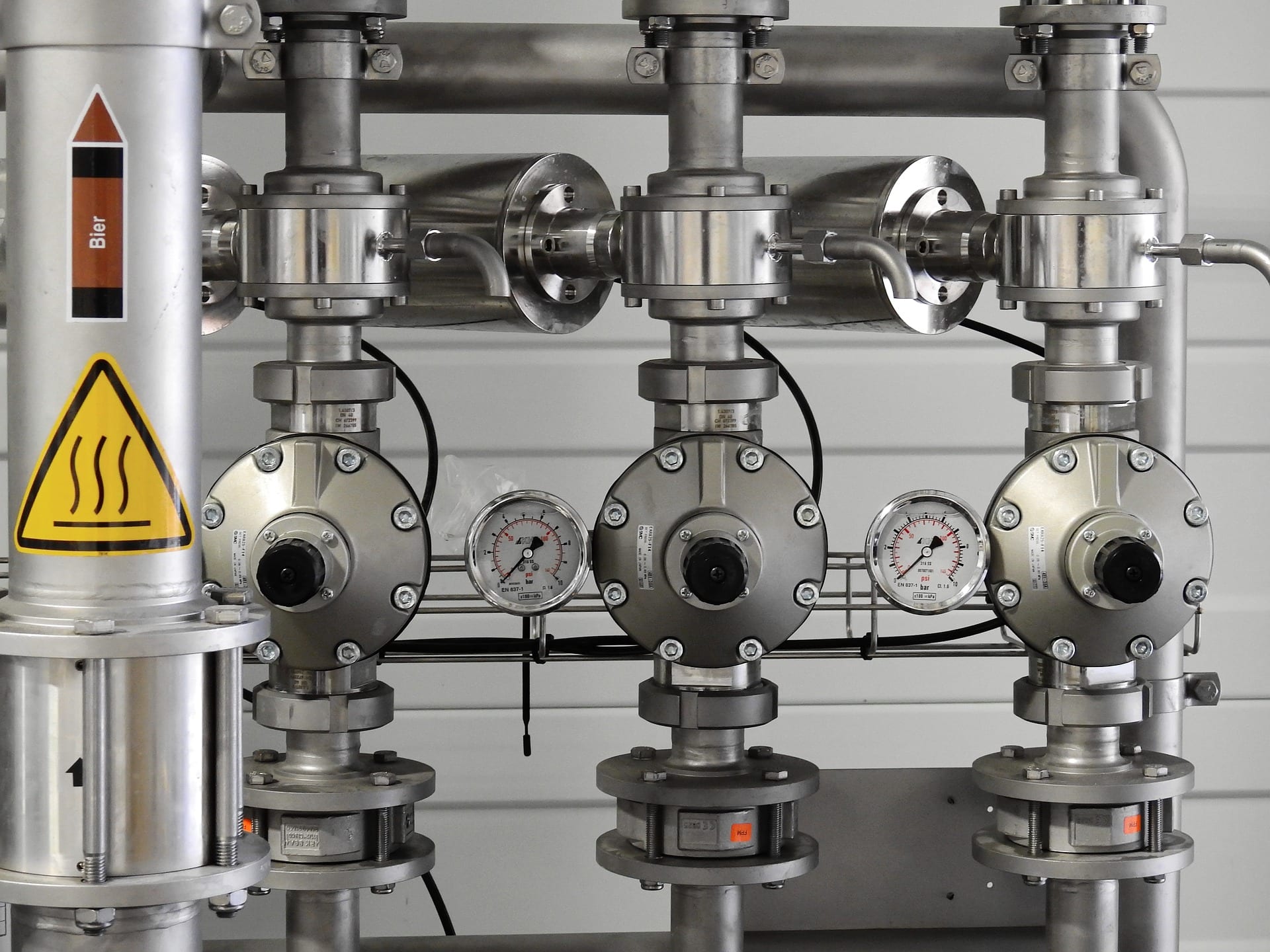
It’s not uncommon for people outside the instrument industry to use the terms “air pressure” and “hydraulic pressure” interchangeably, thinking they’re the same. However, there are some differences between the two that you need to know before deciding between an air pressure gauge vs. hydraulic pressure, and which one is best for your needs in the Midwest.
How Air Pressure Works
Air pressure provided via an external compressor/cylinder moves a piston mounted inside a hollow cavity. This forms the basis for pneumatic linear actuator design: as air pressure increases, the cylinder begins moving along the axis of the piston, creating linear force.
When the piston reaches the other side of the chamber, a spring-back mechanism sends it back in the other direction. The cycle then begins anew, providing movement that powers the tool to which the actuator is attached.
How Hydraulic Pressure Works
The operating principle behind hydraulic-powered differential pressure gauges and switches is similar to that used by their air-pressure counterparts. However, rather than running on compressed air, hydraulic components are powered by the movement of a non-compressible liquid flowing through hoses. This liquid is pushed through the hoses by way of a pump, which is usually powered by electricity or another external energy source.
Comparing Air Pressure vs. Hydraulic Pressure
Hydraulic pressure tends to come in rather complicated engineering designs, which can make them expensive as well as challenging to maintain in many situations, due to the number of components comprising the system. On the other hand, air-pressure systems are quite simple and weigh less than hydraulic options, equating to a smaller initial investment. They usually come in bore sizes ranging from ½” – 8”, which translates into upwards of 7,500 pounds of force depending on how the system is deployed. For example, solid steel actuators can generate close to 40,000 lbf., which is more than enough for most jobs. Another plus with air pressure is that increasing the amount of effort doesn’t normally increase the mechanical complexity and therefore the cost.
Advances in miniaturization and materials manufacturing over the last several years has led to an increased number of options available to end-users, while simultaneously reducing cost.
Hardware vendors have been able to provide powerful hydraulic tools for some time now, which has made hydraulic systems a common fixture at construction sites. However, for applications that require precise motion, hydraulic pressure isn’t nearly as air pressure. In fact, air-pressurized equipment is so precise that dental drills and other medical tools run on compressed air. Thus, air pressure is an attractive option for workers in sensitive industries that require a delicate touch.
Get High-Grade Gauges from Mid-West Instrument Today
Our pressure gauge suppliers serving the Midwest look forward to matching your needs with our extensive selection of high-grade gauges, switches, and transmitters. No matter the scope of your project, count on us to develop a proprietary solution that’s customized to your unique specifications.

